During the winter in Iceland snow makes the country a pretty special place. The country is dressed up in its white winter coat, with pillowy snow falling on the rugged, volcanic landscape. It brings a soft light to winter's darkness.
Travel to the Land of Fire and Ice between October and April and you could be lucky enough to see Iceland in all its snowy glory.
If you’re visiting in the winter, and wondering what to do in Iceland when it snows, we’ve got you covered. Here are some ways to spend your time, for starters think chasing the northern lights and snowshoeing.
- For the best Iceland winter travel browse these tours
1. Go snowmobiling
If you travel to Iceland during the winter months, you could take a thrilling snowmobile ride.
This fun activity is offered around the country. Take your pick from discovering one of Iceland's glaciers, Langjökull, in the highlands, or exploring the north, close to Lake Mývatn. Zoom on snow and ice across the vast treeless landscape.
2. Walk inside real ice caves in Iceland
Imagine yourself walking into a tunnel where you can admire the different colours of the ice and feel its cool touch against your fingers. Some winter packages to Iceland offer ice cave tours. Here’s your chance to explore these natural phenomenon!
Walk the newly formed ice tunnels of one of the outlets of Vatnajökull, the largest glacier in Iceland. Or you could marvel at the Katla ice cave, located in South Iceland, in the Kötlujökull glacier.
You could even choose between a 3- to 4- hour excursion or an express visit. Either way, you’ll have bragging rights!
- Check out these Iceland small group tours where you'll explore with a guide and like-minded travellers

3. Ride an Icelandic horse
Icelandic horses are just one of the cute animals you’ll want to meet during your stay on the island.
If you didn’t already know, these hardy and fluffy horses are special to Iceland.
In fact, they're purebred so once you take an Icelandic horse out of the country, it's not allowed to return. They are also the only horses in the world that can perform five gaits. On top of the additional four, the tölt is unique to the Icelandic horses.
This is all to say that horse riding in Iceland will make for a memorable excursion. Especially in winter when you can enjoy the diverse landscape from the seat of your strong, stocky horse, that doesn't mind the snow or icy ground.
Good to know: Our itineraries aren’t set in stone! If ice caving or horse riding isn’t included in your tour, you can always add it as an optional activity.
- Private tours of Iceland let you sit back, relax and learn all about the country from your own guide
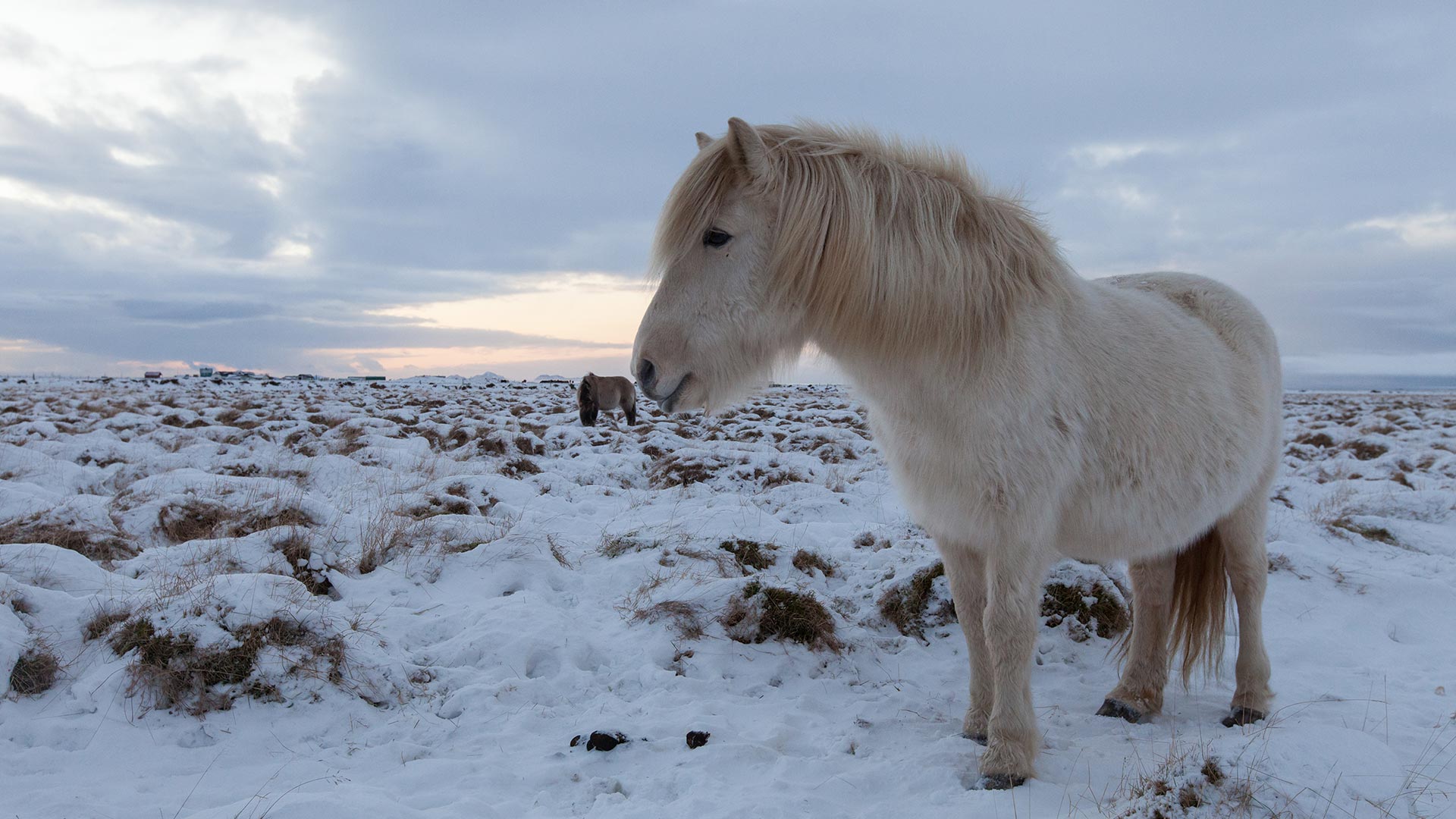
4. Visit the Blue Lagoon
A winter trip to Iceland wouldn't be complete without a visit to a geothermal swimming pool. Thanks to Iceland’s volcanic activity, you can find hot springs and naturally heated pools across the country.
Make sure to add a dip to your Iceland itinerary. Whether that’s at a local pool in Reykjavík, the Blue Lagoon, or the Secret Lagoon.
During the winter months, your experience could be even more memorable. Picture luxuriating in warm mineral-rich water as snow falls around you. You may even be lucky enough to witness the northern lights at the same time.
- To enjoy guided excursions as well as independent travel, discover these multi-day tours in Iceland
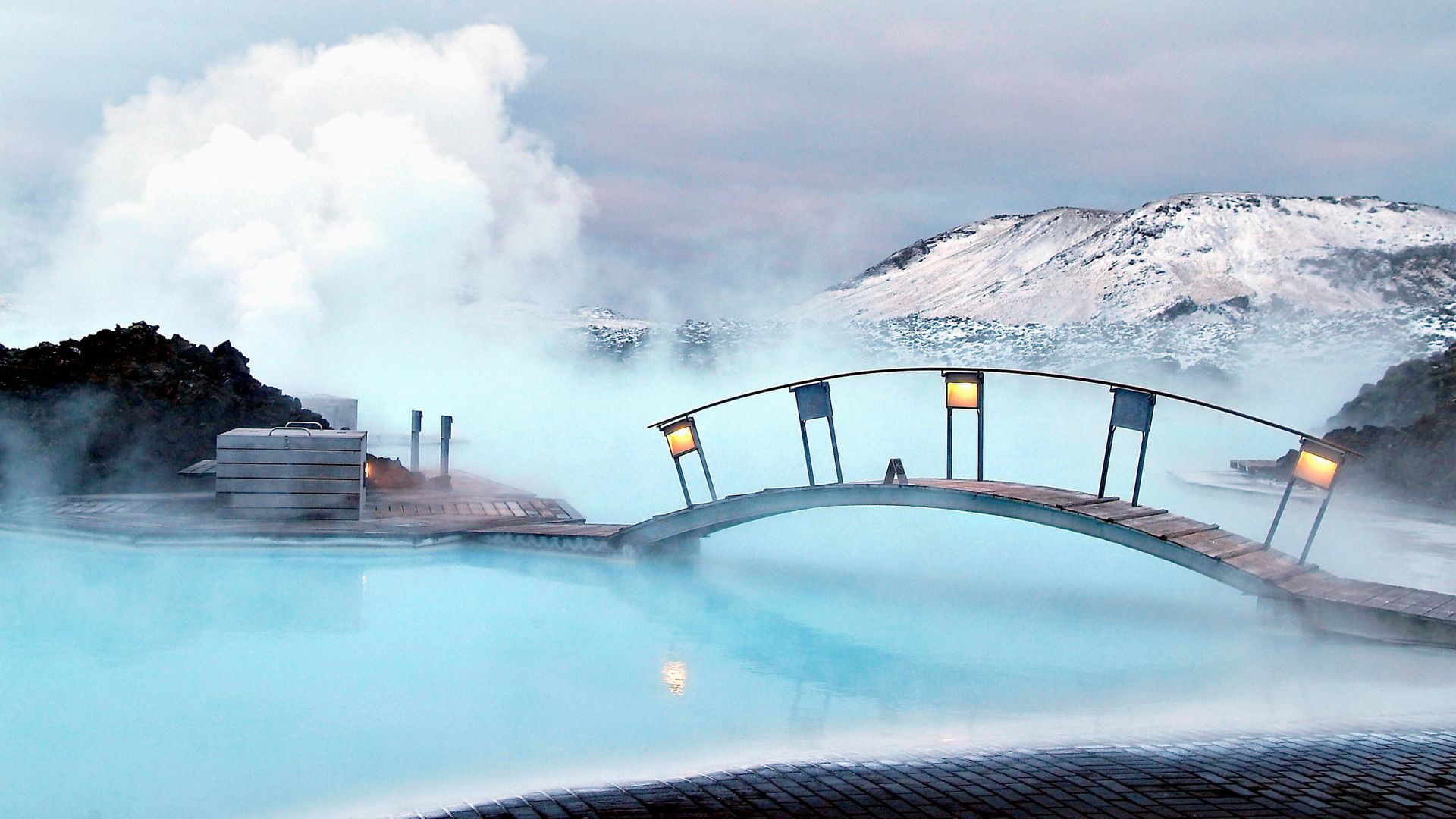
5. Admire glittering icebergs
Follow the Iceland's southern coastline east to reach the best spot to admire icebergs. The Diamond Beach and Jökulsárlón glacier lagoon are located right across the road from each other. You’ll want to make a stop at both!
Jökulsárlón is by far one of Iceland‘s most popular sights. The floating icebergs are a photographer’s dream, and you can sometimes glimpse curious seals swimming around. The Diamond Beach is where the lagoon opens out onto the sea. Here you’ll see chunks of ice glistening on the black sands.
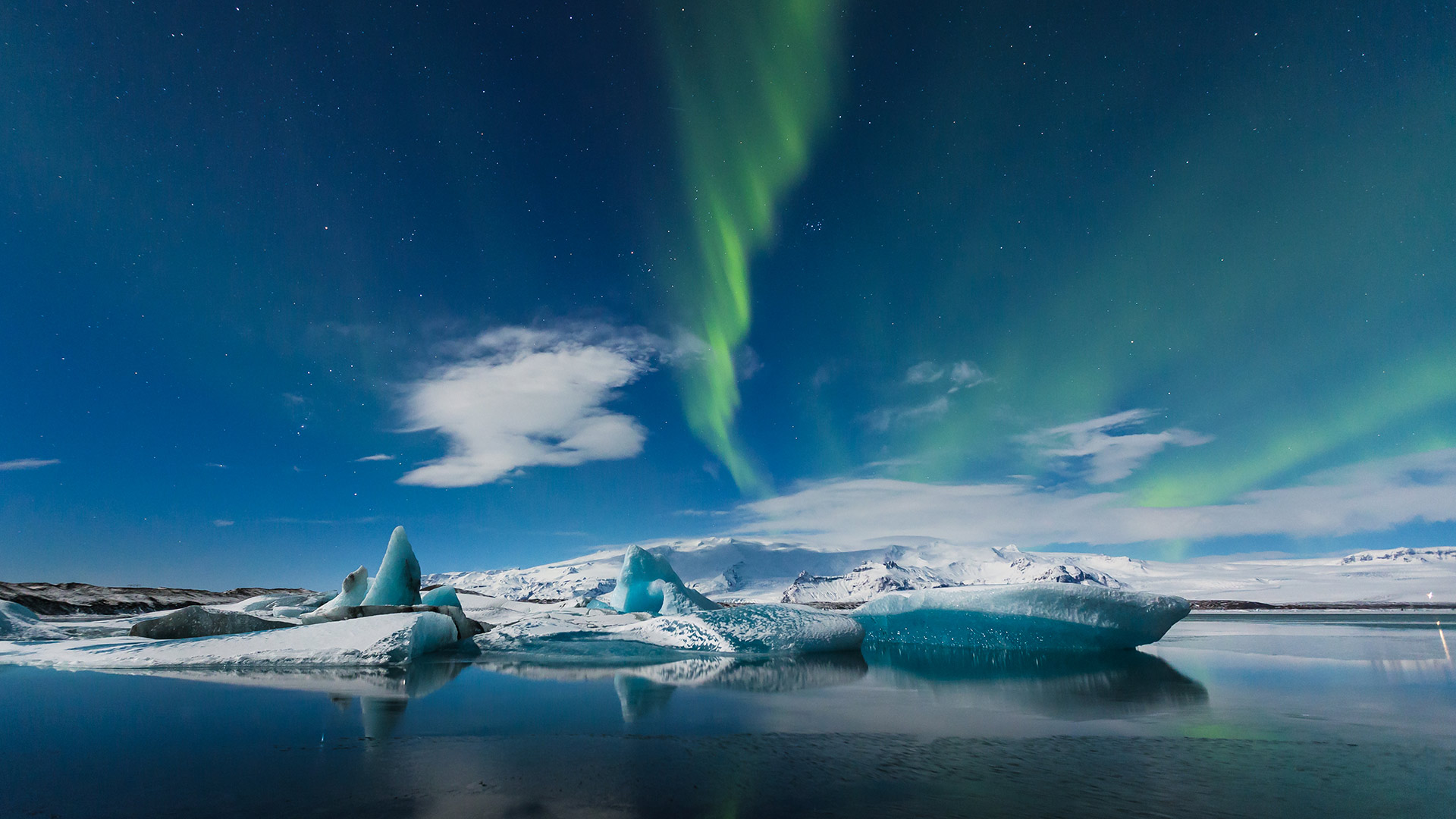
6. Drive the Golden Circle
Iceland is an ideal year-round location for a road trip. One of the advantages to travelling during the winter months is that there will be fewer people at the top attractions and less traffic on the roads.
At this time of year, you could explore the south coast at your leisure or even drive the full Ring Road (Route 1). Either way, one of the must-do driving routes is the Golden Circle.
Starting from Reykjavík, you’ll drive to three of Iceland’s most visited spots. First, walk through the gorgeous landscapes of Þingvellir National Park.
Next stop, the Geysir geothermal area. Amidst the snowy scenery, you’ll see the boiling water thundering metres into the air. Finally, admire the Gullfoss waterfall in the majestic frozen landscape.
- Browse winter tours in Iceland and get ready to discover the magic of this season
7. Experience the glaciers
Did you know that roughly 11% of Iceland's land area is covered by glaciers? If you're feeling adventurous you may want to not only see the glaciers but experience them firsthand.
One of the most popular outdoor activities in Iceland is walking on a glacier. Join a guided tour to explore their vast surfaces, indented with crevasses, sink holes and ice ridges.
As mentioned before, you could also walk inside an ice cave within a glacier.
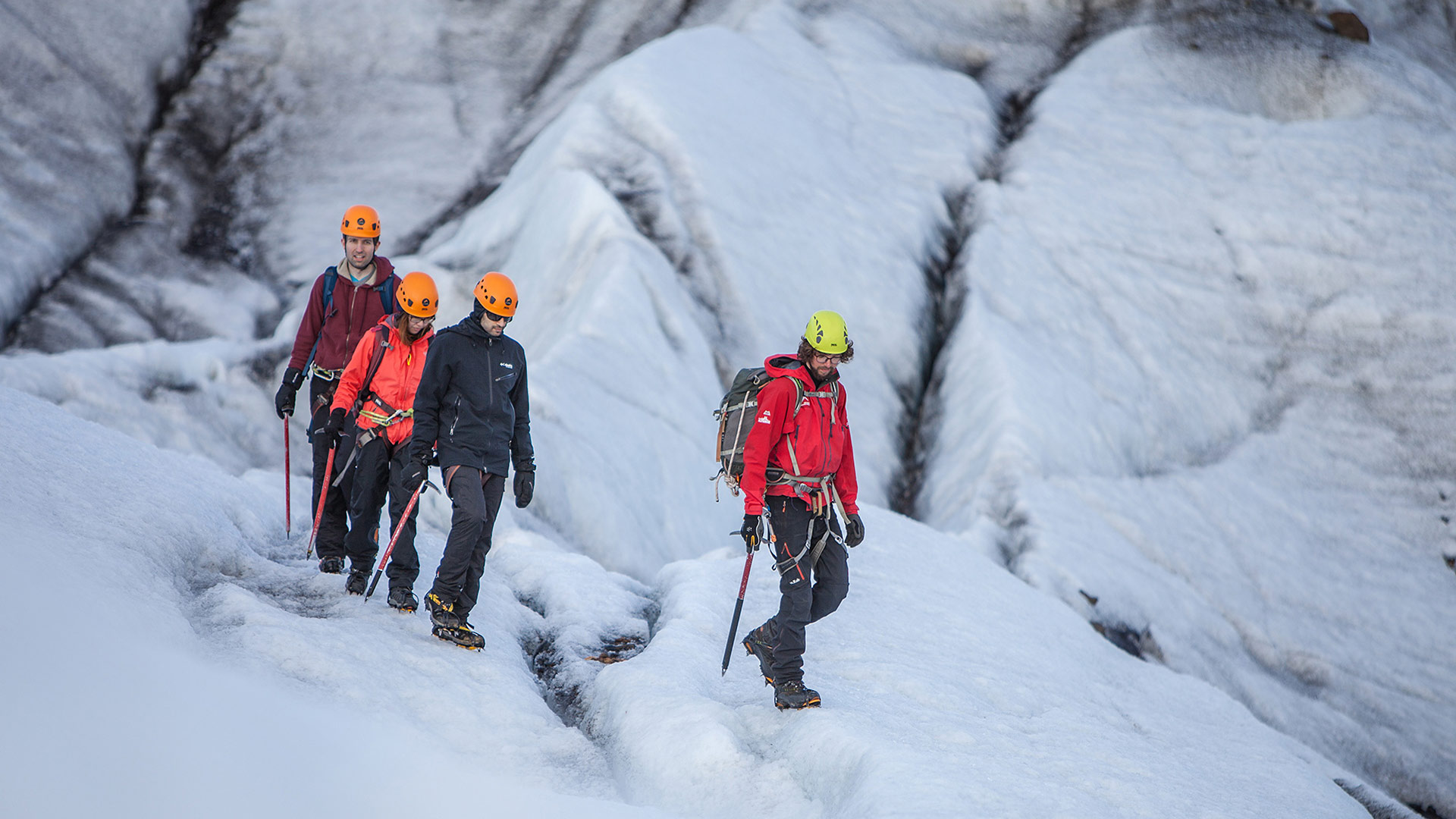
8. Hunt for the northern lights
Catching a glimpse of the northern lights is probably the most popular reason for visiting Iceland in winter. And it's not hard to see why – the aurora look stunning against a snowy backdrop.
If seeing the northern lights is on your travel wish list, visit Iceland between October and March, when the nights are long and the skies are dark. These are two of the conditions you’ll need for a sighting.
You’ll also want to get away from light pollution. If you’re staying in Reykjavík, then taking a northern lights tour into the countryside can help you with this.
Finally, the northern lights are best appreciated on a clear night. You'll want to check the weather conditions beforehand and see whether your chances are high with the Icelandic Met Office’s aurora forecast.
- Get inspired by these northern lights tours in Iceland
- Or choose a northern lights tour in another Nordic country
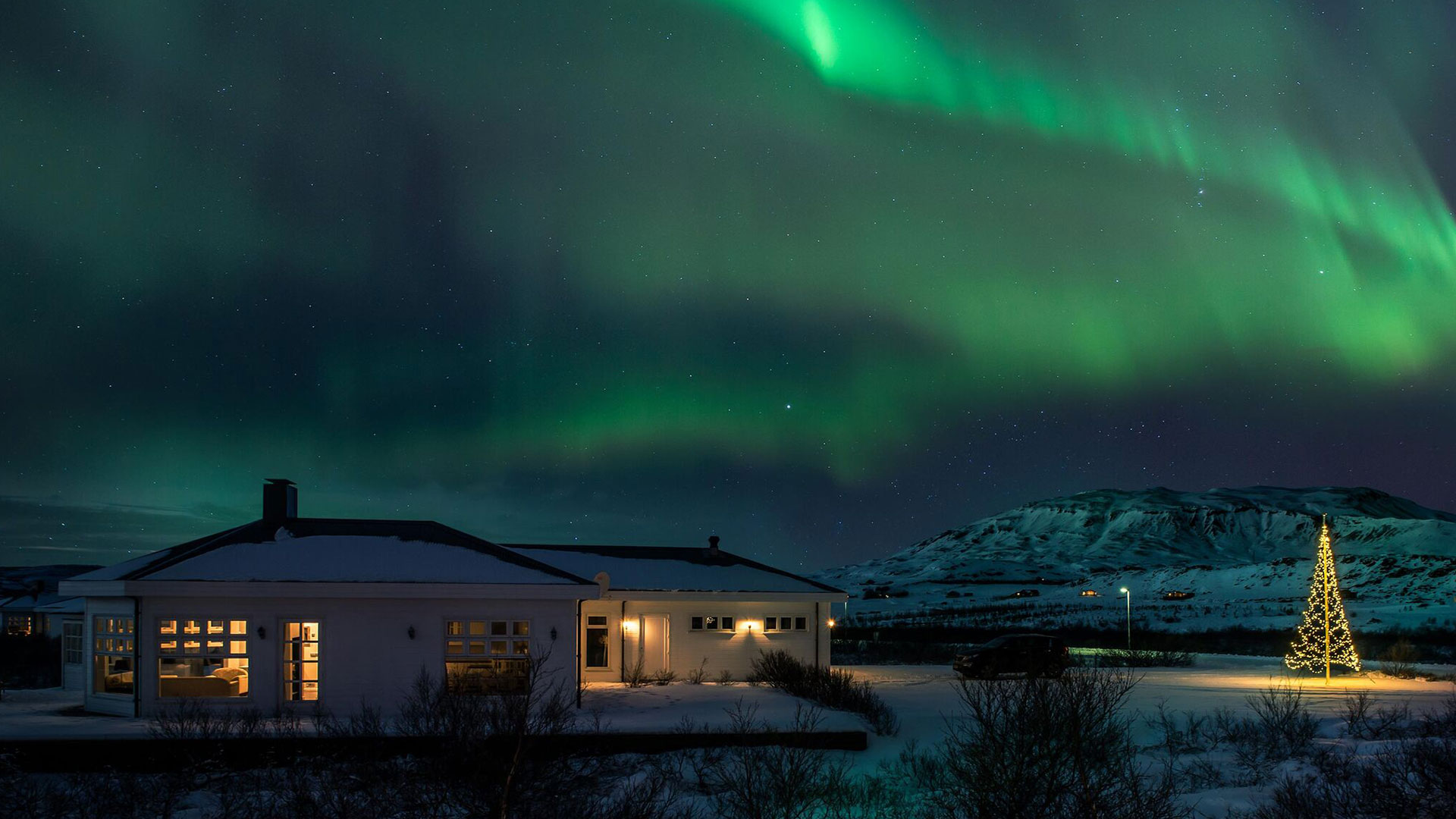
9. Participate in snow sports
For snow sport amateurs, Iceland is a top destination for trying new activities or experiencing the thrills you love in a different setting. Whether you're a beginner or an experienced Nordic skier, you could try your hand on a few Icelandic slopes.
You could also opt to go on a guided snowshoe tour of the remote Icelandic highlands.
Alternatively, if you'd prefer to go hiking in Iceland, we recommend visiting between May and September. This is because the paths are more accessible during these summer months. You'll also enjoy more hours of daylight at this time of year, perfect for soaking up Iceland’s natural beauty.
- For those with adventurous hearts, check out these active tours in Iceland
10. Photograph frosty waterfalls
While the landscape is lush and colourful in the summer, Iceland's natural gems look just as beautiful during winter. Just look at Skógafoss below!
Photographers will have plenty of wintry landscapes and frosty waterfalls to capture during their tour. An added bonus? You don't need to get up super early or stay up late to benefit from the coveted blue and golden hours, due to Iceland's northern location.
In fact, between October and March in Iceland, the sun doesn’t rise high in the sky at all. This creates a "golden hour" that can last for the duration of daylight.
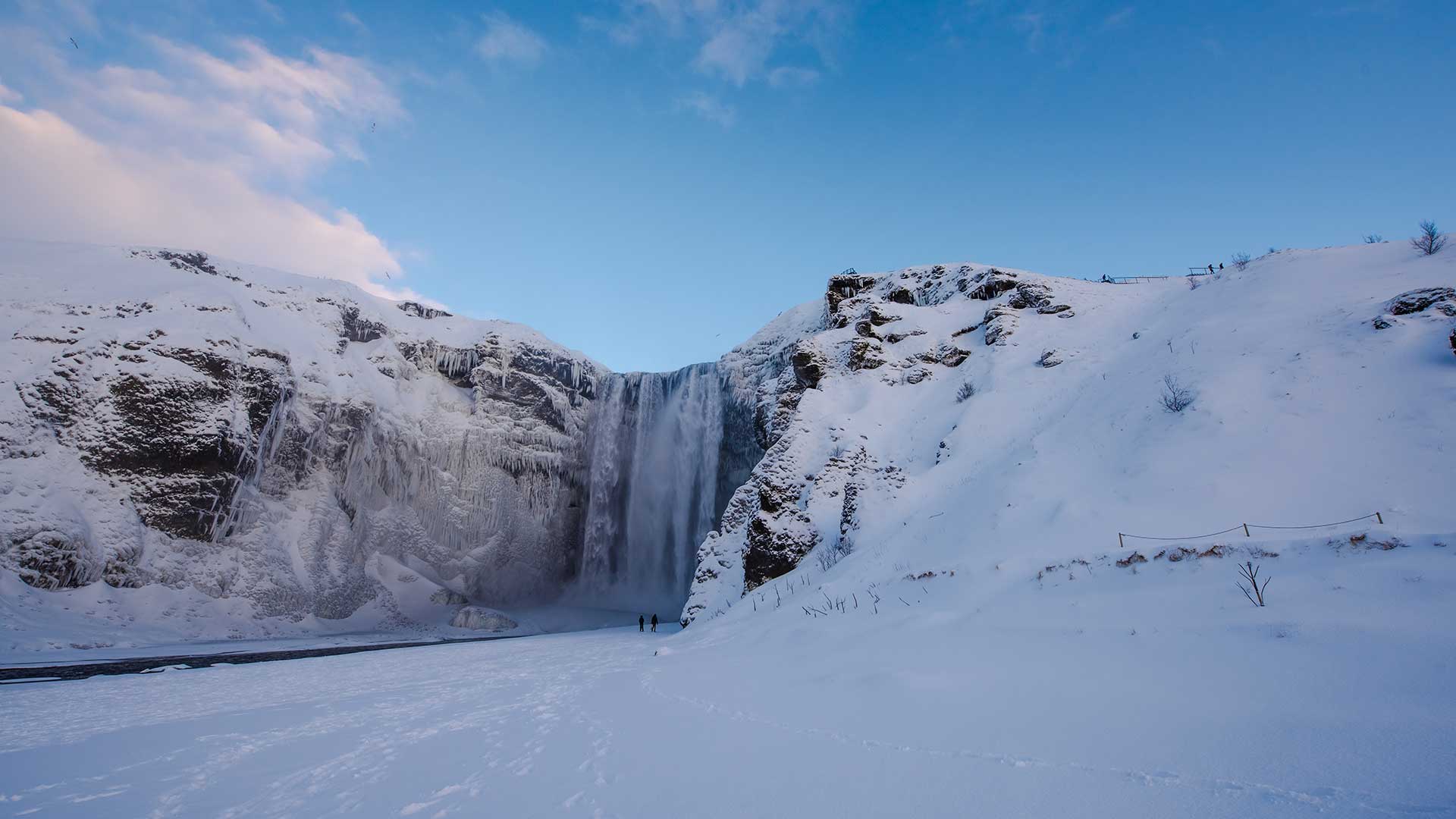
Is a winter trip to Iceland now on your wish list? We hope so! Travelling to Iceland between October and April brings an exciting array of possibilities.
Experience the snow-covered landscapes, join fun winter activities like snowmobiling or ice caving, and hunt for the northern lights. Come see Iceland’s stunning wintry beauty for yourself!
When you’re ready to start planning your dream winter trip to the Land of Fire and Ice, don’t hesitate to get in touch with our dedicated travel consultants. Our Icelandic travel experts will use their insider knowledge to plan an itinerary tailored just for you!
